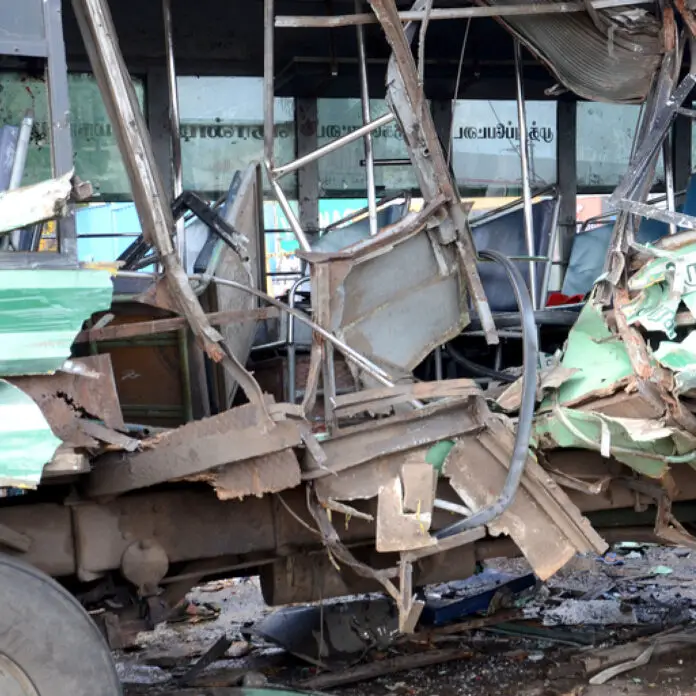A tragic accident occurred in Rajasthan, India on Tuesday, October 29, 2024, when a private bus collided with a concrete culvert, resulting in 13 fatalities and over 35 injuries in the Sikar district, an area known for its cultural and religious significance.
The bus was en route from Salasar to Nawalgarh when it lost control and crashed into the culvert near Laxmangarh at an estimated speed of 50 mph. Investigators stated that the collision’s force was so powerful that it split the vehicle in two.
The initial impact claimed the lives of two passengers, with another three succumbing to their injuries during surgical procedures. At present, 23 individuals are being treated for severe injuries at local medical facilities, with a number of cases being transferred to specialized hospitals in Jaipur.
In response to the accident, Chief Minister Bhajanlal Sharma expressed his deep sadness over the lives lost in the Laxmangarh area of Sikar. He offered his sincere condolences to the families affected and confirmed that he has directed officials to ensure all injured parties receive appropriate medical care.
Eyewitnesses noted that the bus was unable to navigate a turn on a bridge before the collision. Local residents and passersby were instrumental in initiating rescue efforts prior to the arrival of emergency services.
As a response to this tragedy, the Indian government has pledged financial assistance to the victims’ families. The families of those who died will be given $2,378, while those who were injured will receive $595.
Unfortunately, this accident is not an isolated incident but part of a series of bus crashes across India this year, underscoring ongoing safety concerns on the nation’s roads.
In a similar incident in August, a bus carrying 41 passengers, including 24 Indian tourists, veered off a narrow road in Nepal’s mountainous Tanahun district into a swollen river, claiming 27 lives.
These events have highlighted ongoing concerns about inadequate safety standards and the unique challenges posed by hilly regions, where steep, winding roads can prove treacherous for overloaded or fast-moving vehicles.

